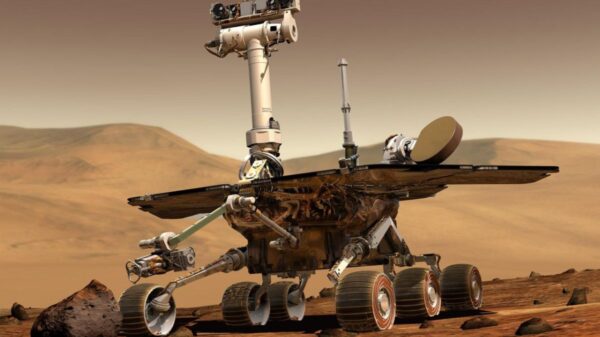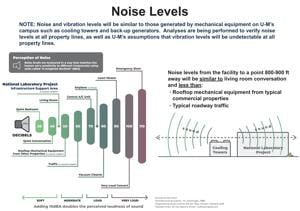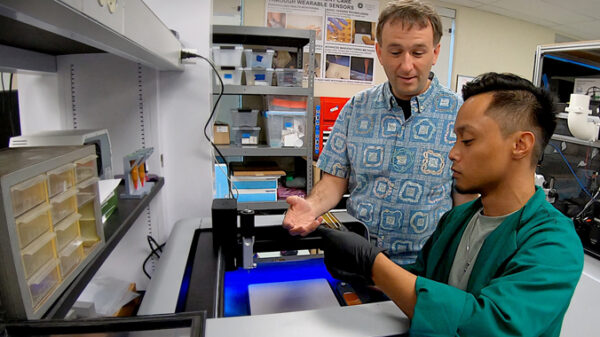Google has unveiled a significant advancement in disaster management with the latest update to its Earth AI platform. This new system integrates the company’s powerful Gemini AI with extensive global satellite, weather, and population data to enhance disaster prediction and response. The goal is not only to forecast disasters but also to identify those communities that may be most affected.
Revolutionizing Disaster Prediction
At the core of this technology is a feature known as Geospatial Reasoning. This allows the AI to analyze multiple data points simultaneously, including maps, weather forecasts, population density, and critical infrastructure. By leveraging this information, the AI can generate a comprehensive understanding of potential natural disasters, such as tornadoes or floods.
One of the most impactful aspects of this technology is its ability to pinpoint specific neighborhoods at risk and estimate the number of people who could be affected. Users can ask Google direct questions related to environmental changes, such as “show me areas where rivers are drying.” The Gemini AI quickly processes satellite imagery and relevant data, delivering answers that previously required extensive analysis by experts.
Shifting Focus from Reaction to Prevention
Google’s vision for Earth AI extends beyond standard forecasting. The company aims to equip communities and disaster response teams with the tools necessary for proactive measures. To facilitate this, Earth AI is now accessible through the Google Cloud, allowing governments and organizations to integrate its capabilities directly into their data systems.
This technology has the potential to predict a wide range of crises, from power outages to disease outbreaks. For instance, the World Health Organization is currently testing the system in its Africa office to forecast cholera outbreaks. The organization emphasizes the need for responsible entities to transition from reactive measures to preventive strategies.
As Google continues to enhance its Earth AI platform, the implications for disaster preparedness and response could be profound. By harnessing advanced AI and extensive data resources, the company is positioning itself at the forefront of disaster management technology, aiming to save lives and mitigate the impacts of natural disasters worldwide.






































































